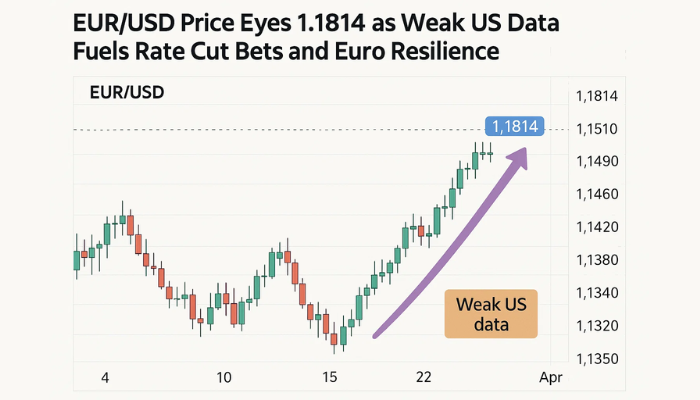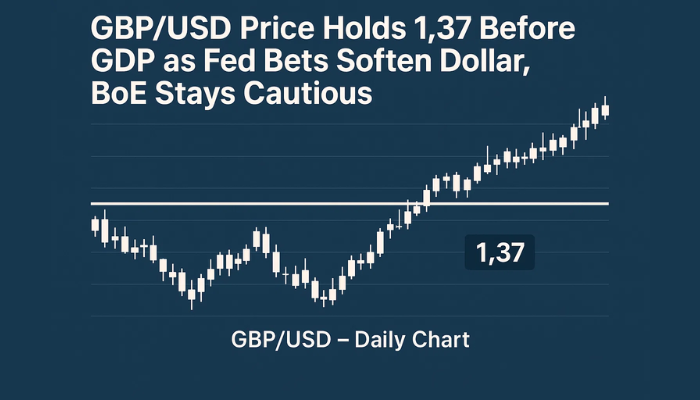Euro Back Down to 1.08 After the Jump on January Services
The EUR to USD rate has been increasing and this morning buyers pushed the price close to 1.09 after Eurozone services PMI came at 50 points

The EUR to USD rate has been increasing this week and this morning buyers pushed the price close to 1.09 after Eurozone services PMI showed that this sector came out of contraction in January. However, the manufacturing activity dipped deeper in recession last month, so EUR/USD has reversed lower and is trading above 1.08 again.
EUR/USD H4 Chart – The Trend Still Remains Bullish

The improvement in the services activity is welcomed but the decline in German manufacturing underscores the market’s perception of a more dovish stance from the ECB. So, the fundamental picture for EUR/USD looks dovish, driven by the comparative strength of the US economy and the ongoing economic challenges in Europe. Additionally, your view on Europe’s terminal rate aligns with expectations for sustained accommodative policy measures in the region.
Eurozone February Flash Services and Manufacturing PMI
- February flash services PMI came in at 50.0, surpassing expectations of 48.8 and indicating expansion in the services sector compared to the previous reading of 48.4.
- Manufacturing PMI for February was reported at 46.1, lower than the expected 47.0, suggesting a contraction in manufacturing activity compared to the previous reading of 46.6.
- The Composite PMI for February was 48.9, higher than the anticipated 48.5, indicating overall economic activity still contracted, although at a slower pace than expected. The previous reading was 47.9.
Germany February Flash Manufacturing and Services
- Germany’s February flash manufacturing PMI was 42.3, significantly below the expected 46.1 and indicating a sharper contraction in manufacturing activity compared to the previous reading of 45.5.
- Services PMI for February was 48.2, slightly above the expected 48.0, suggesting a slight expansion in the services sector compared to the previous reading of 47.7.
- The Composite PMI for February in Germany was 46.1, below the expected 47.5, indicating overall economic contraction, with manufacturing being a significant drag. The previous reading was 47.0.
The services sector downturn appears to have stabilized, indicating some resilience despite ongoing challenges. However, this positive trend is overshadowed by deteriorating conditions in the manufacturing sector. Germany’s manufacturing performance is highlighted as a major contributor to the overall downturn, suggesting significant challenges within the largest economy in Europe.
Despite the mixed economic performance, there are notable pricing pressures evident, with inflationary trends becoming more pronounced in February. Employment conditions, however, remained stable despite the challenging economic environment, suggesting some resilience in labor markets. Selling price inflation has increased for the fourth consecutive month, indicating ongoing pressures on businesses to adjust their pricing strategies. The inflation rate remains significantly higher than the survey’s long-run pre-pandemic average, reflecting broader inflationary pressures in the euro area economy.
EUR/USD Live Chart
- Check out our free forex signals
- Follow the top economic events on FX Leaders economic calendar
- Trade better, discover more Forex Trading Strategies
- Open a FREE Trading Account


